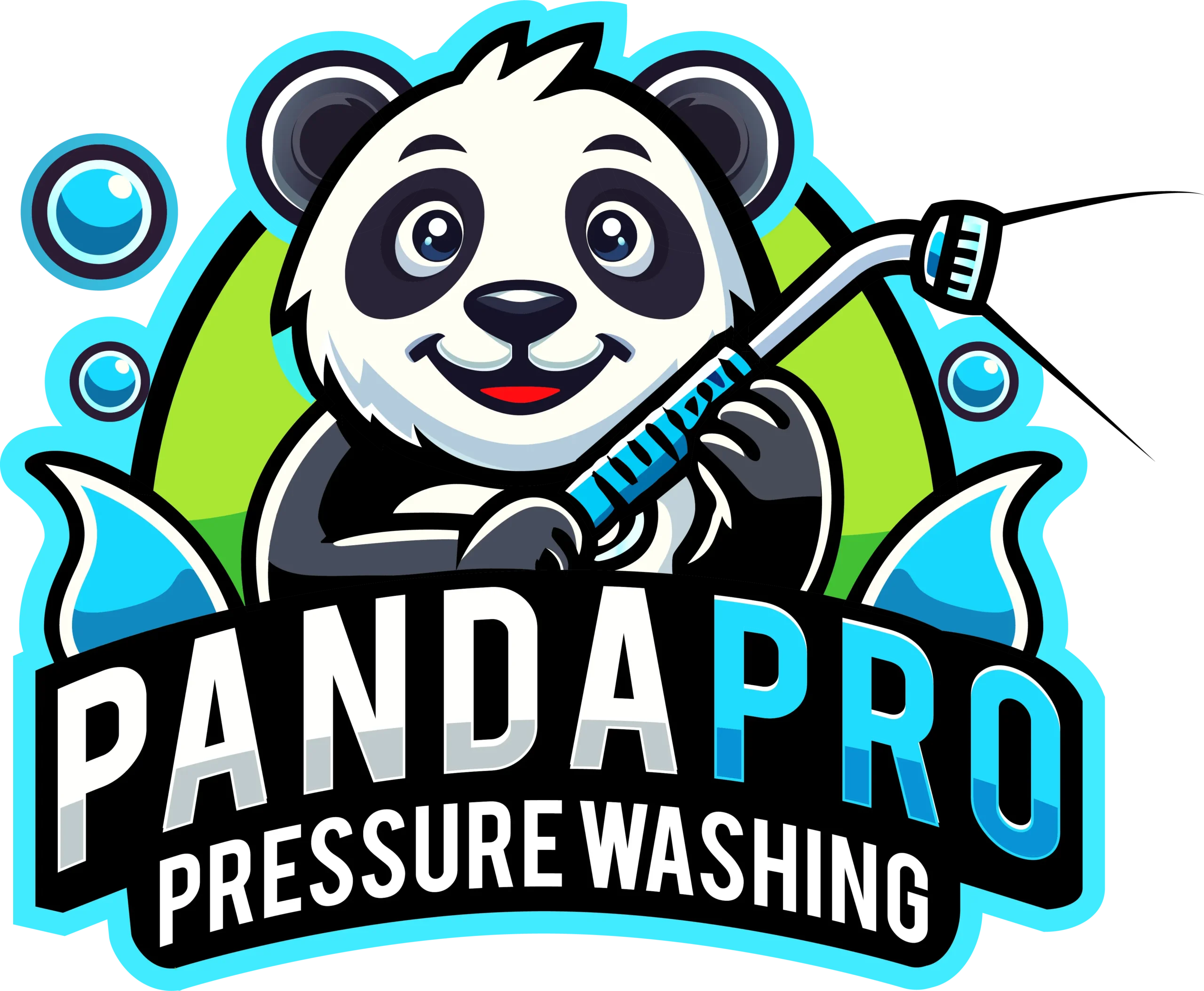Pressure Washing Overview
Pressure washing uses high-pressure water to clean hard surfaces like concrete### 6. Pressure Washing vs. Soft Washing: Which is Right for Your Property?
Pressure Washing Overview
Pressure washing uses high-pressure water to clean hard surfaces like concrete, brick, and metal. It’s highly effective for removing stubborn dirt, grime, mold, and mildew from these durable surfaces. However, the high pressure can potentially damage softer materials like wood, siding, or roofs if not done carefully.
Soft Washing Overview
Soft washing, on the other hand, uses low-pressure water combined with cleaning solutions to safely clean more delicate surfaces. This method is ideal for roofs, siding, and other surfaces that could be damaged by high-pressure washing. The cleaning solutions used in soft washing help to break down dirt and organic growth, which is then gently rinsed away.
When to Use Each Method
- Pressure Washing:
- Best for hard surfaces such as concrete driveways, sidewalks, patios, and brick walls.
- Effective for removing tough stains, graffiti, and built-up grime.
- Soft Washing:
- Ideal for roofs, siding, decks, and fences.
- Safe for surfaces that could be damaged by high-pressure water.
- Good for cleaning algae, mold, and mildew without risking surface damage.
FAQ
- Q: Can soft washing damage my roof?
- A: No, soft washing is specifically designed to clean roofs without causing damage, using gentle water pressure and specialized cleaning solutions.
- Q: How do I know which method is right for my property?
- A: It depends on the surface material and condition. Our professionals can assess your property and recommend the best method.
Call to Action
Not sure whether to choose pressure washing or soft washing? Contact us for a consultation, and we’ll help you determine the best cleaning method for your property!
Suggested Internal Linking
- Link to “Understanding Pressure Washing: A Complete Guide” and “What to Expect During a Pressure Washing Service.”
